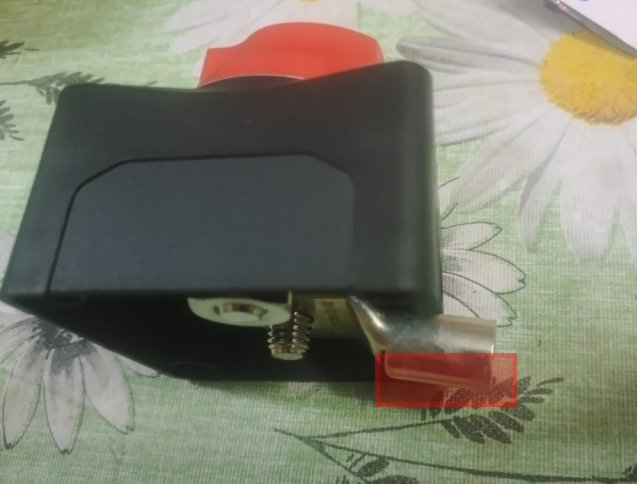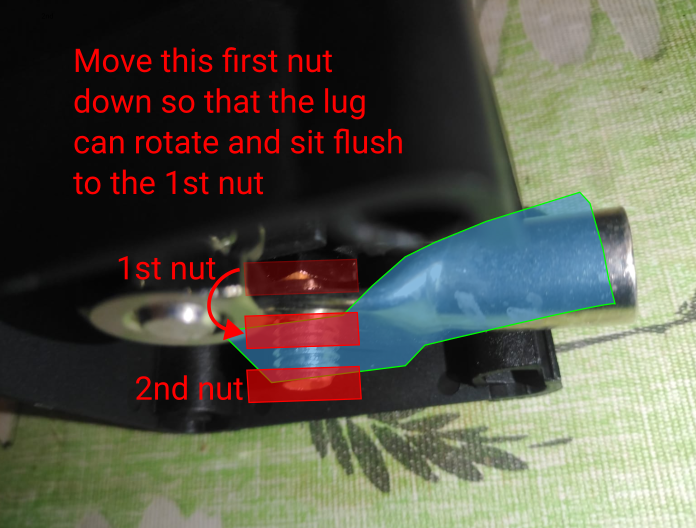If I try connect the lug with the flat side of the lug facing down, then it cannot sit flust with the 1st nut (the 2nd nut tight the lug again the 1st nut)

However if I try with the flat side of the lug facing up, then the lug sticks beyong the box and I cant mount it flush to a wall.

If I loosen the 1st nut out, so that the lug can sit flush against the nuts, then the thread bar jiggles and feels loose, and I fear the other side of the thread bar is not making contact with the switch internals. Is this okay or should it be avoided?

Thanks for any advice.
